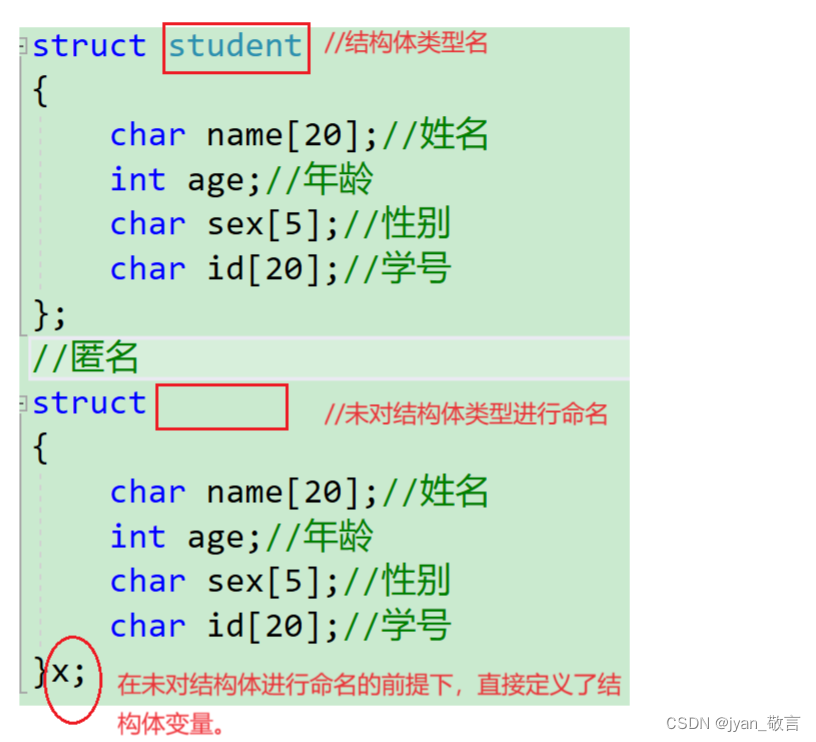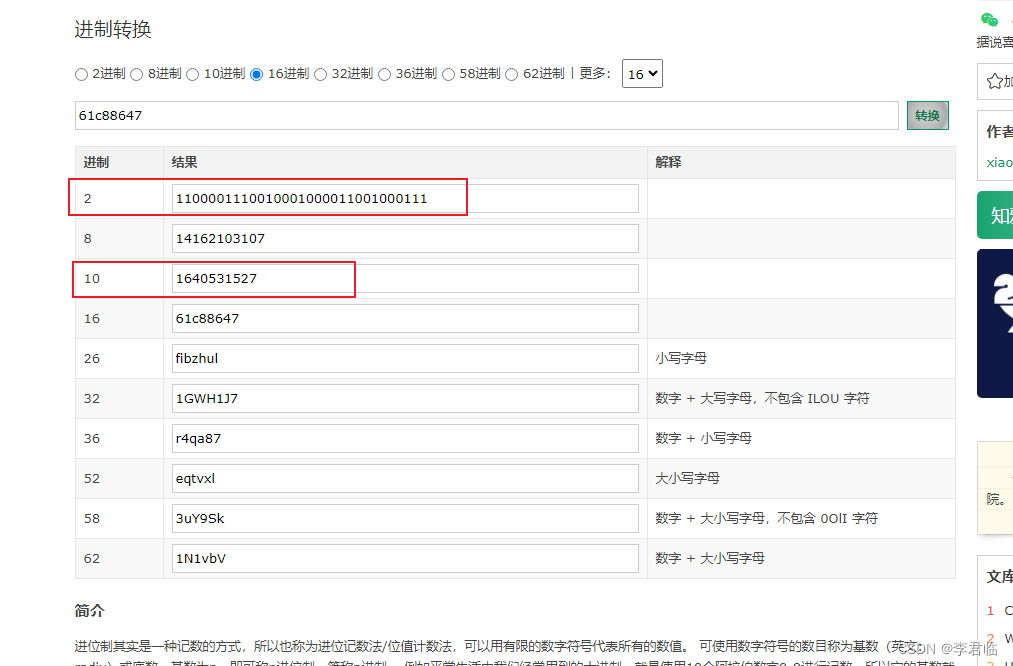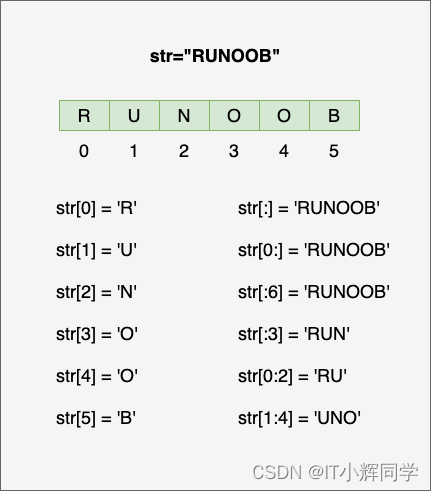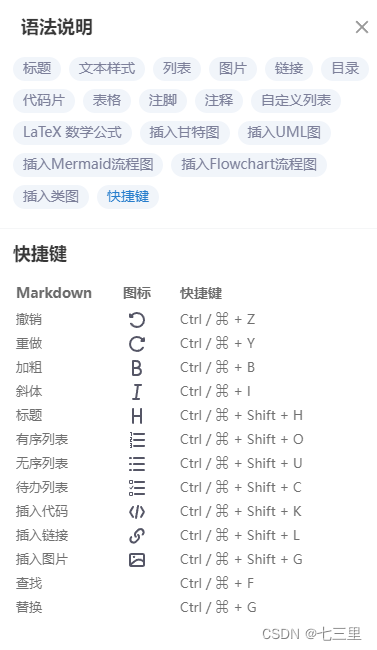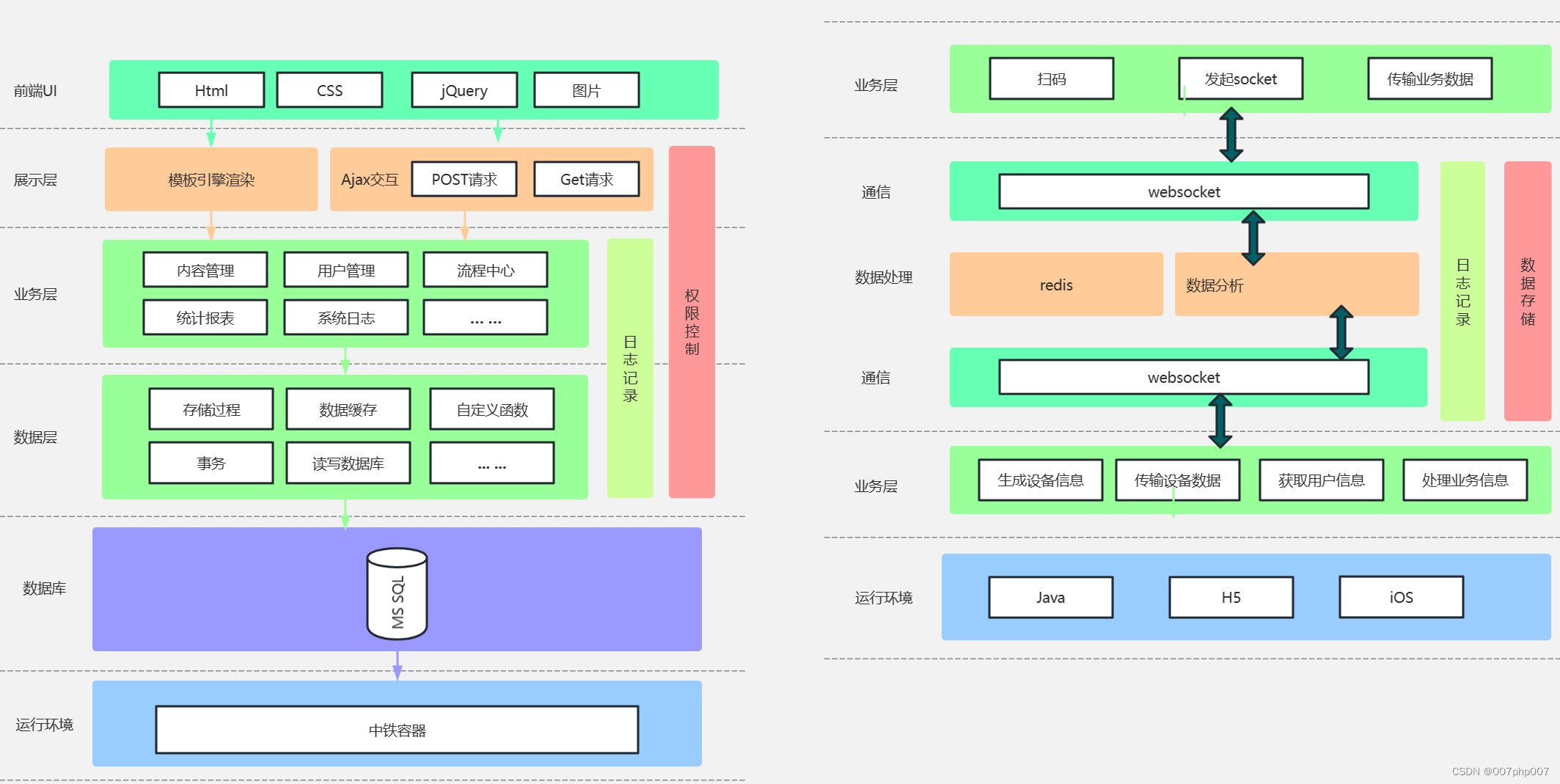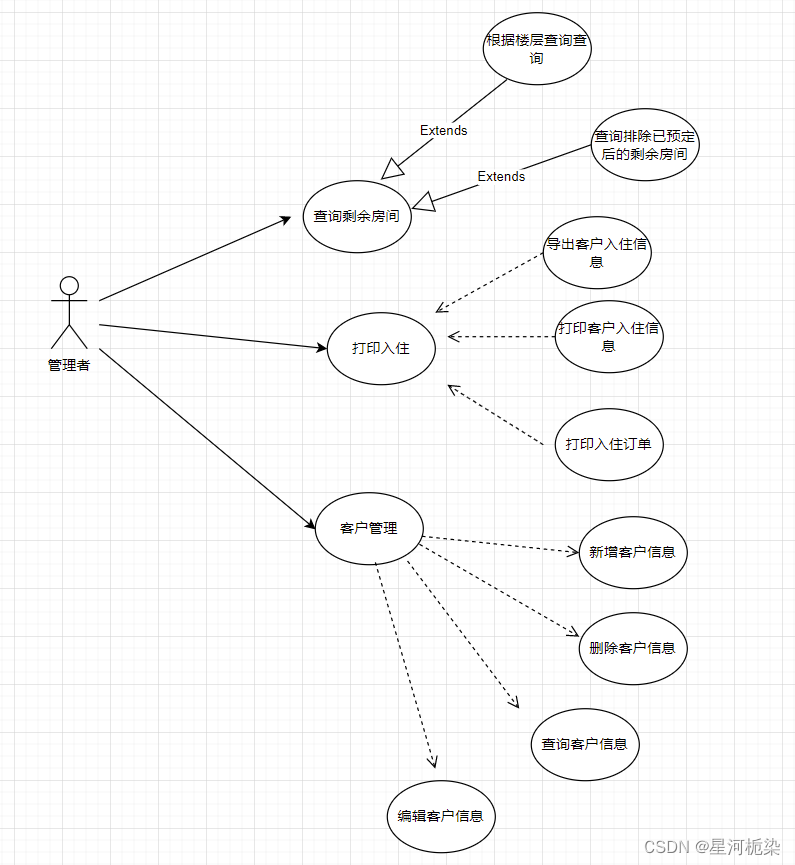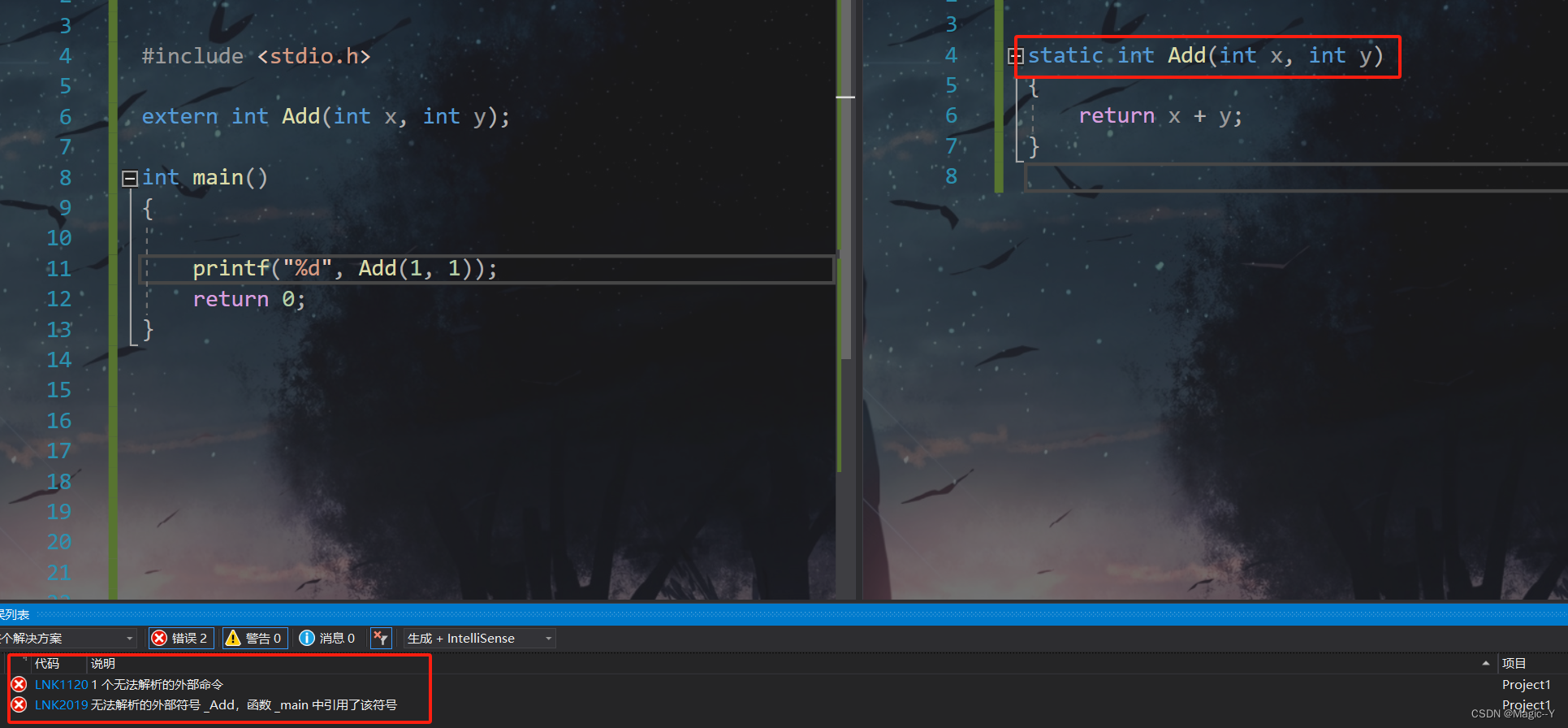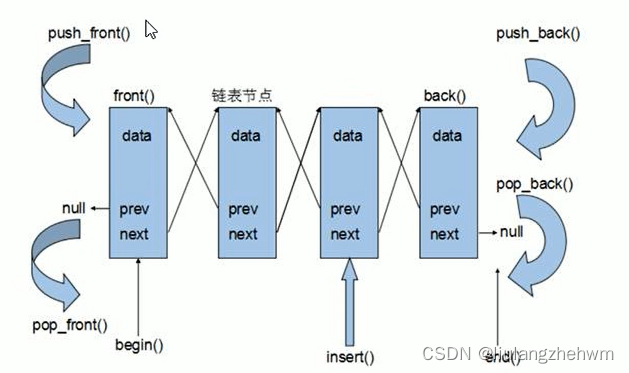文件操作

我知道你最近很累,是那种看不见的、身体上和精神上的疲惫感,但是请你一定要坚持下去。就算无人问津也好,技不如人也好,千万别让烦躁和焦虑毁了你的热情和定力。别贪心,我们不可能什么都有,也别灰心,我们不可能什么都没有。
在 Python 中,打开文件时需要指定打开文件的模式。常见的文件打开模式包括:
-
‘r’:读取模式。默认模式,用于读取文件内容。如果文件不存在,则会引发
FileNotFoundError错误。 -
‘w’:写入模式。如果文件不存在,则创建文件;如果文件已存在,则先清空文件内容,然后写入新内容。
-
‘a’:追加模式。用于在文件末尾添加新内容,而不会影响原有内容。如果文件不存在,则创建文件。
打开文件并读取内容
with open("./data/example.txt", "r",encoding="utf-8") as file:
content = file.read()
print(content)
写入内容到文件
with open("./data/example.txt", "w") as file:
file.write("Hello, World!")
逐行读取文件内容
with open("./data/example.txt", "r") as file:
for line in file:
print(line)
追加内容到文件
with open("./data/example.txt", "a") as file:
file.write("\nAppending new line!")
文件重命名
import os
os.rename("./data/example.txt", "./data/new_example.txt")
文件删除
import os
os.remove("./data/example.txt")
检查文件是否存在
import os
if os.path.exists("./data/example.txt"):
print("文件存在")
else:
print("文件不存在")
创建文件目录
import os
os.mkdir("example_directory")
删除文件目录
import os
os.rmdir("example_directory")

